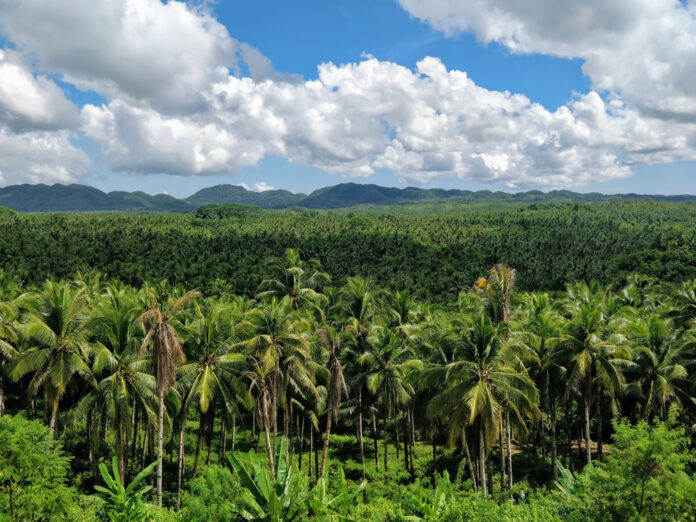The Philippine Coconut Authority (PCA) has adopted a program boosting coconut sector output through a fertilizer program for 340 million coconut trees around the country, one that aims to cover at least 15 percent of the trees instead of the one percent that its budget allows at the moment.
“We need to invest in fertilization. Our current (program) only covers 1 percent of 340 million coconut trees with our budget. From P158 million, we are asking the government to provide us P2.4 billion to improve from that 1 percent to 15 percent,” Dexter Buted, PCA administrator, told reporters in Quezon City on Tuesday.
According to Buted, the program hit two million new coconut trees planted in 2023 and 8.4 million more are expected this year as part of the plan targeting 100 million new coconut trees and reclaim the distinction as the world’s largest producer of coconuts.
At the moment, the Philippines is only the second biggest supplier of coconuts next to Indonesia but ahead of India.
Buted said most new coconut trees will be planted in the Visayas and Mindanao due to climate suitability and as replacement of senile coconut trees. The Visayas and Mindanao also host quite a number of coconut processing plants.
The PCA official also said that even with El Niño just past and the threat of La Niña up ahead, coconut production this year should still increase maybe 3 to 5 percent as the coconut trees have proven resilient amid natural disasters.
Buted said the market for coconuts has increased by 3 to 5 percent and had been used as basis for projecting continued growth down the line. He expressed optimism of continued growth based on such developments as greater use of coconuts in hamburgers, coconut hotdog and coconut milk for coffee.
Data from the Philippine Statistics Authority show the production of 14,892,628.40 metric tons (MT) of husked coconut in 2023, 0.3 percent lower compared to 2022’s 14,931,158.30 MT.







